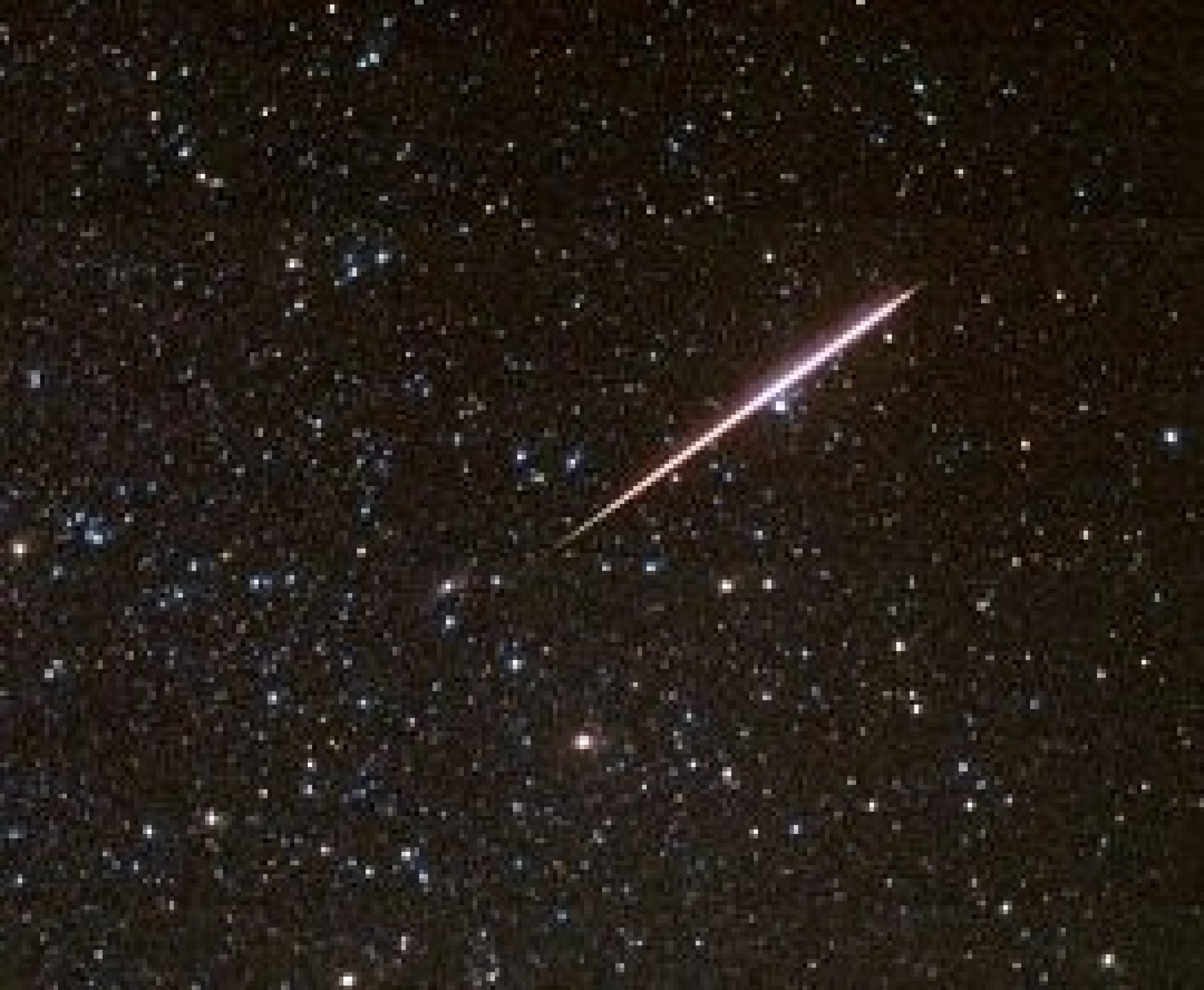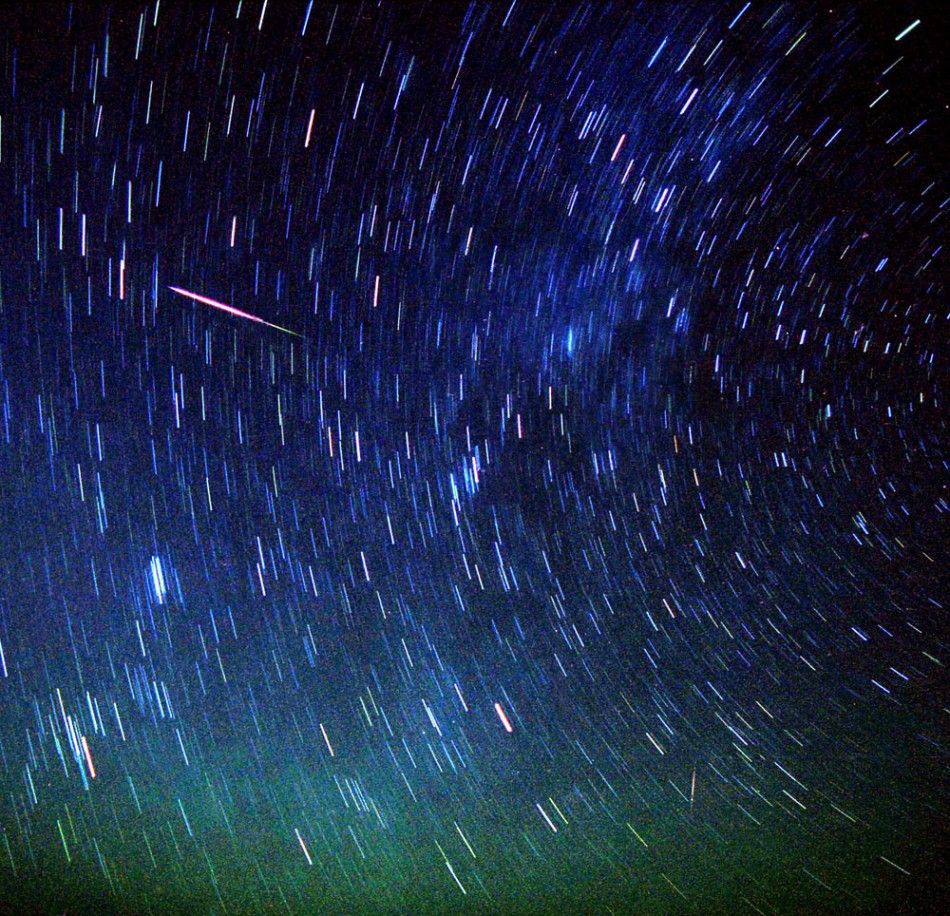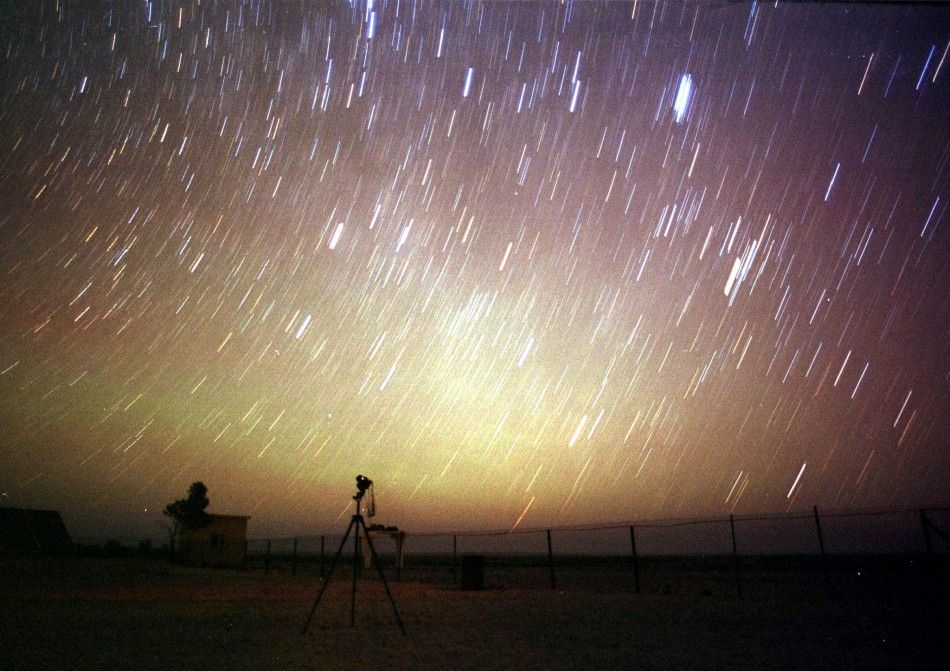Perseid Meteor Shower: Incredible Images of the Phenomenon (PHOTOS)
The Perseid meteor shower, an annual phenomenon that occurs when earth's orbit collides with some of the debris left by the passage of the Comet Swift-Tuttle, offers stargazers a reliably dazzling sight.
The Perseids get their name because when they were first spotted they seemed to emanate from the Perseus constellation -- the scientific term for the place meteorites seem to emerge from is "radiant" -- but their radiance is now more like Cassiopeia.
The Swift-Tuttle comet originally passed through the inner solar system in 1862, and it derives its name from the men who discovered it, Lewis Swift and Horace Tuttle. It most recently returned in 1992.
Scroll down to see unparalleled images of the event; it may occur regularly, but that doesn't make it any less spectacular:




© Copyright IBTimes 2024. All rights reserved.











